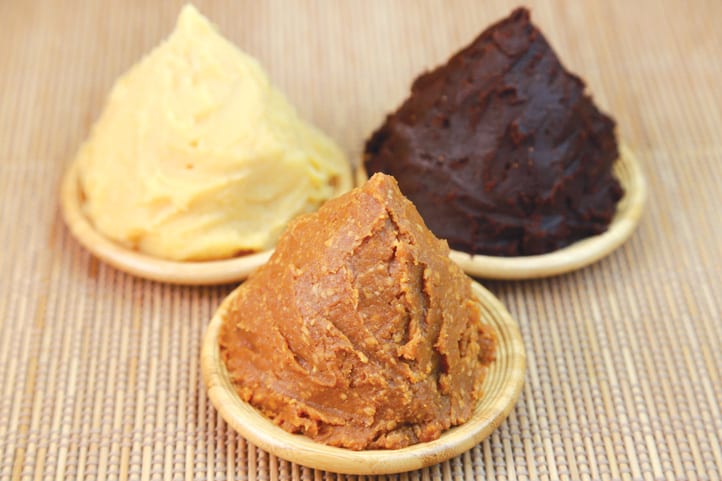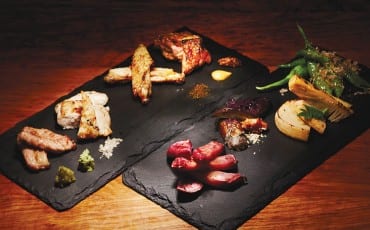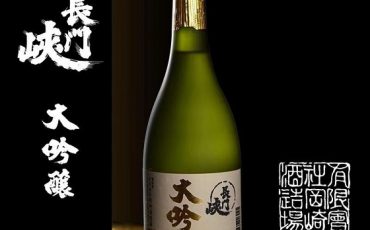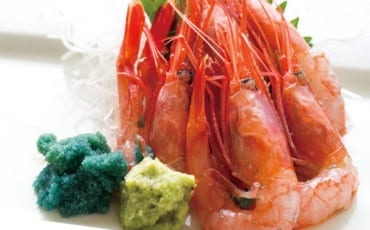- OISHII
- OISHII Wiki
- Ingredients
- Miso
OISHII Wiki
Ingredients
Miso
Miso has been a part of Japanese food culture for thousands of years. Evidence of miso made from grain and fish has been found as far back as the Jomon period (14,000 – 300 BC). Until the Muromachi era, however, miso was made without grinding soybeans, and bore a closer resemblance to natto (a fermented soy bean side dish) than the miso we’re more familiar with today.

Besides soybeans, miso can also be made using one or more of the following ingredients: barley, rice, buckwheat, millet, hemp seed, and more. Preparation methods may differ slightly depending on the ingredients used, but miso is usually made by mixing koji with cooked soybeans along with a cooked grain, salt, and water, then stored in large cedar kegs before being left to ferment. The fermentation period can be as short as a few months to up to three years.
There are generally three common types of miso: kome miso or shiro miso (white miso) is made from soybeans that have been fermented with a large percentage of rice, and is usually used as a condiment for salad dressings or light sauces. Mame miso or aka miso (red miso) is made by fermenting soy beans on its own or blending koji with other grains. Aka miso usually has a longer fermentation period, resulting in a punchy umami flavour. It’s best to avoid using this with mild dishes due to its strong taste. Mugi miso is made with soybeans fermented with barley and a small percentage of rice. Its mild, earthy flavour makes it suitable for use in soup and marinades.
Miso is rich in “good bacteria” to aid digestion, and is antioxidant-rich to boot. Plus, it’s an incredibly versatile condiment to cook with!









